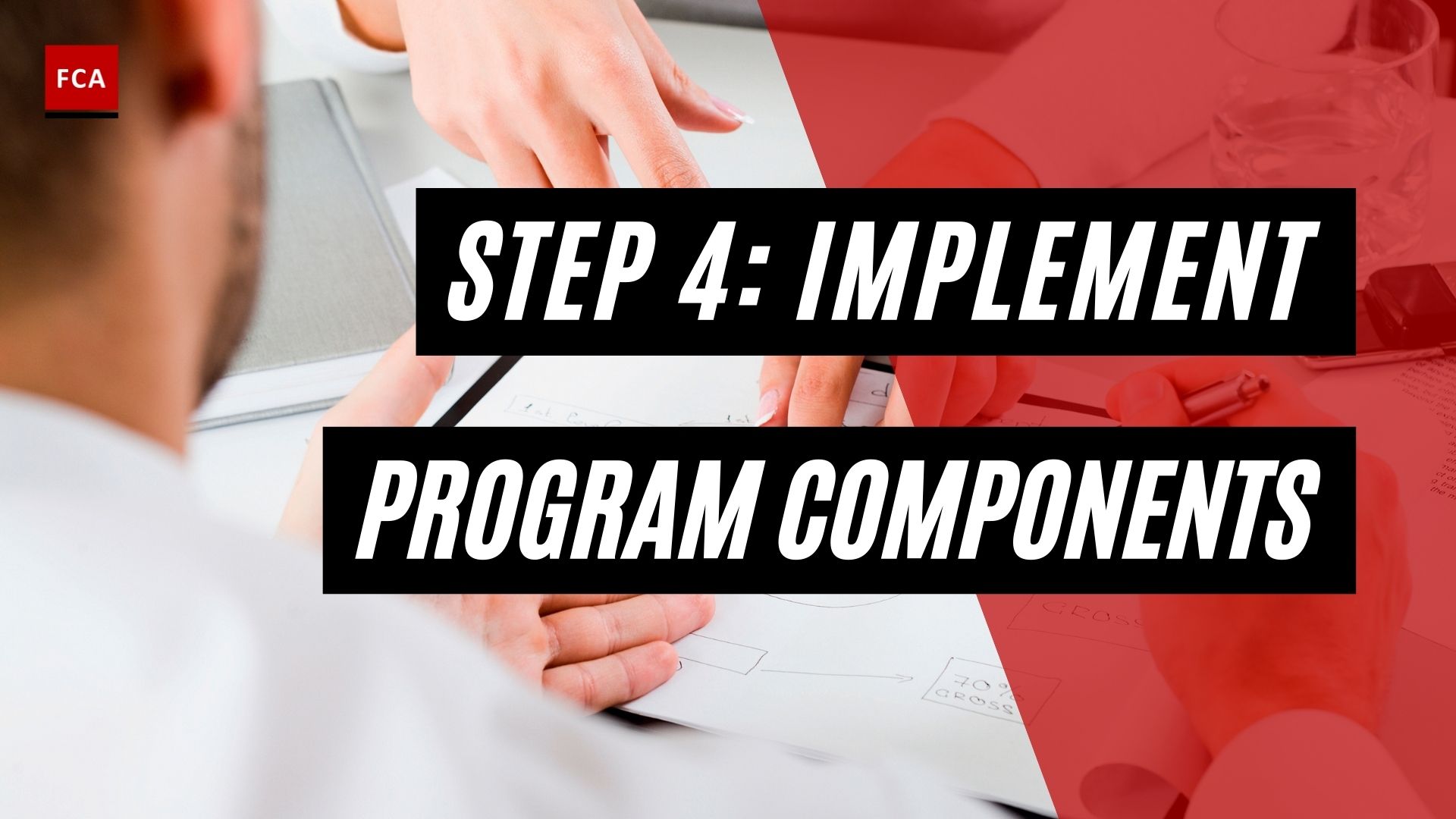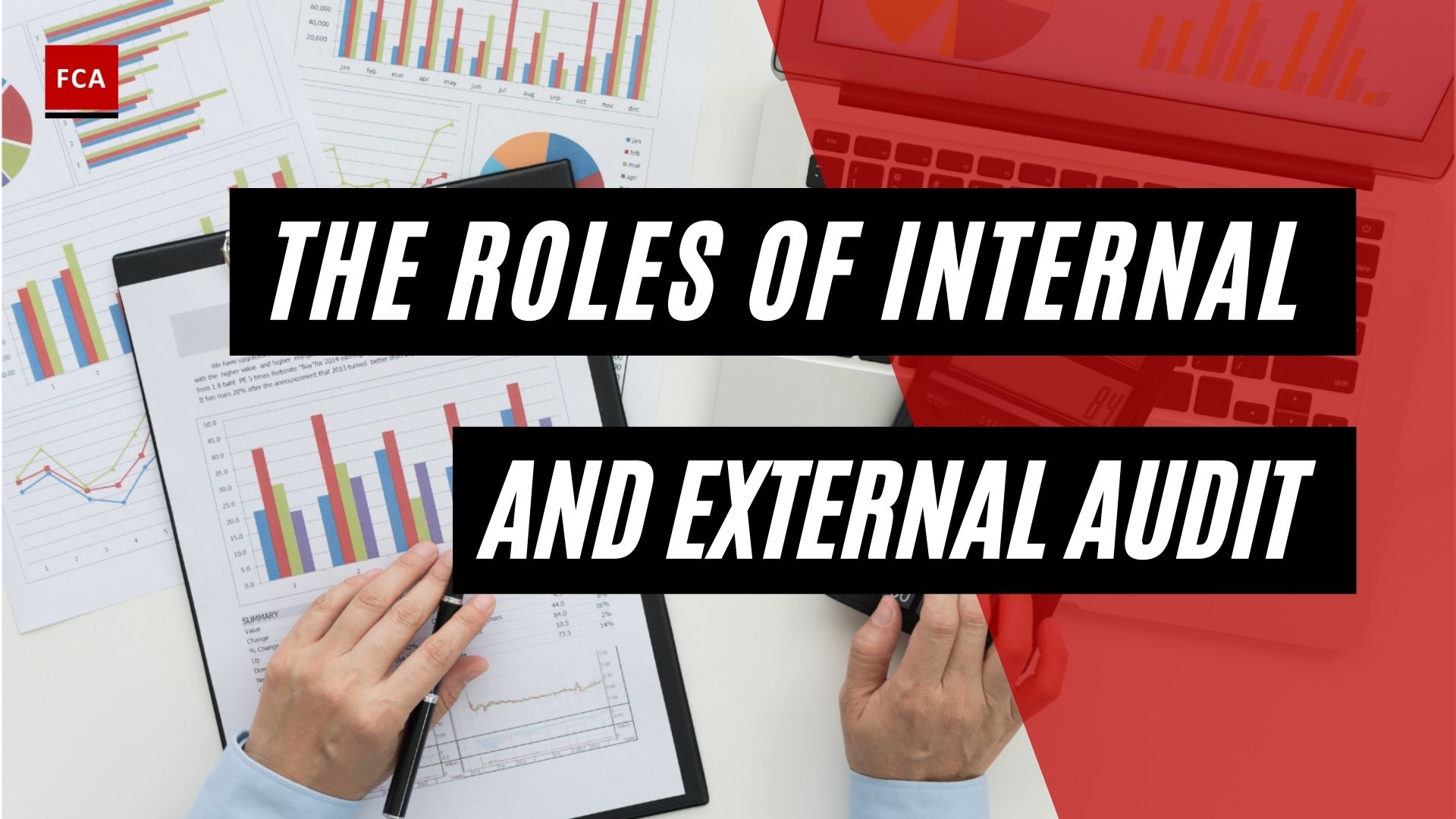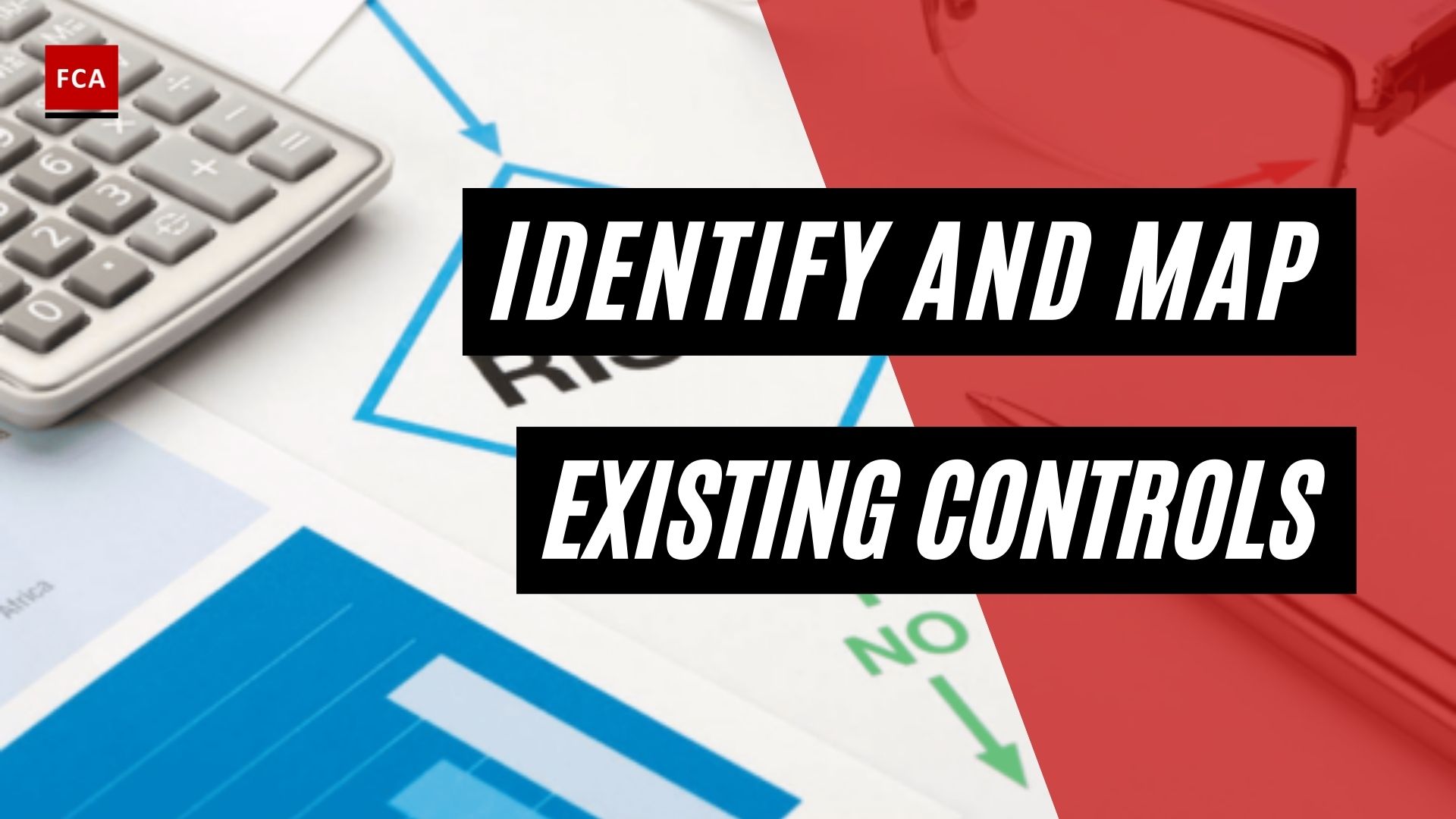Enhancing financial crime prevention necessitates an integrated approach, merging Anti-Money Laundering (AML) and Fraud Risk Management processes to collaboratively identify, assess, and mitigate potential sources and trends of financial crimes, thereby strengthening the overall risk management framework of financial institutions.
Integration of AML and fraud risk management means that money laundering risks identification and assessment, AML compliance policies, procedures and systems, AML monitoring, and AML training are to be performed in conjunction with the periodic fraud identification, assessment, and prevention activities. The purpose is to reduce the chances of not identifying the inherent and interlinked money laundering, terrorist financing, and fraud risks.
Financial crimes include money laundering and fraud, therefore monitoring the risk landscape in isolation may cause non-identification of existing money laundering and fraud risks. The significance and interlinking of money laundering and fraud, have created a need to focus on these areas in an integrated manner, where AML compliance and fraud risk management teams collaborate and identify potential ML/TF and fraud risk sources and trends, to define the overall approach of risk management.
For example: a customer involved in money laundering activity, may also be a fraudster, and commit fraudulent activities such as credit card fraud. Therefore, while assessing fraud risks, the fraud and money laundering risk management teams must perform the integrated risk assessment, to identify the pattern and links between different reported money laundering and fraud incidents.

Integration of fraud risk management and AML leads to the effective implementation of a risk-based approach, to manage overall money laundering incidents in the organization. Organizations conduct internal fraud risk assessments with the purpose to develop relevant fraud risk management policies and procedures but without an integration with the money laundering risk assessment process.
The fraud risk management and AML compliance policies may overlook essential controls to prevent both financial crimes. To identify, assess, manage, and mitigate money laundering and fraud risks, the policies and procedures must be developed in an integrated manner, with defined roles and responsibilities of process owners from different functions and departments.
Enhancing Financial Crime Prevention
Fraud risk management and AML measures may generally be based on subjective judgment, perception, and actual experiences of the organization, or they may be backed with real data points and evidence. To implement an effective and integrated fraud risk management and AML process, the available data points and evidence need to be used for effective risk assessment purposes.
The integration of fraud risk management and AML process reflects the minimum expectations that are obligatory on entities at all times, such as:
- Zero tolerance concerning money laundering and fraud,
- The obligation of all employees, the senior management, and the board members, to prevent the occurrence of money laundering and fraud,
- Regulatory requirements and policies are to be adopted and implemented formally across the entity to ensure consistent implementation of minimum requirements and robust and effective management of money laundering, terrorist financing, and fraudulent activities.
Adoption of a risk-based approach to an effective financial crime compliance program to minimize the risk of occurrence of financial crime by designing controls to identify and mitigate the specific financial crime risks and providing highly useful information on financial crime to relevant competent authorities on priority threat areas.
Various methods are used to effectively integrate both processes, such as:

Quantification of Risk through Risk Matrix
A financial crime risk matrix tool is developed and used, which is a tool, where financial crimes, including money laundering and fraud risks, are identified and documented for assessment purposes. The documented money laundering and fraud risks are then mapped with relevant money laundering and fraud prevention or detection controls.
A risk matrix that quantifies the likelihood and impact of money laundering and fraud risks may be developed by the organizations, thereby categorizing risks as low, medium, and high depending on severity levels of particular money laundering and fraud risk. Without appropriate interlinking of fraud and money laundering risks, it would be difficult for organizations to identify money laundering and fraud risk patterns and interlink with each other.
For example, A high-risk category customer may be an unknown fraudster, who may be involved in performing money laundering, to hide the funds generated from illegal sources.
Preparation of Integrated Money Laundering and Fraud Risk Register
Risk registers are an effective tool for documenting and assessing the risks related to different activities and processes. Risk registers enable performing inherent and residual risk assessments which result in the identification of key and non-key risks, for a particular process or department.
An integrated risk register, for money laundering and fraud risks may be developed by organizations, whereby fraud risks emanating from various business aspects are documented and assessed against possible money laundering. The integrated risk register comprehensively covers all the money laundering and fraud risks related to the activities and processes of the organization. Usually, money laundering and fraud risk registers are prepared and maintained by process owners, however, the fraud risk management and AML compliance teams ensure that the risk register is prepared in an integrated manner, for integrated risk assessment and mitigation.
Risk scores are calculated based on the defined risk assessment grid, to assess the impact of each documented fraud risk. Risk registers are periodically reviewed to check the effectiveness of documented controls and risk scorings. The integrated risk register is updated on an ongoing basis when the need arises or new money laundering or fraud risk is identified or reported.

Final Thoughts
This article emphasizes the necessity of integrating Anti-Money Laundering (AML) and Fraud Risk Management in financial institutions. It underscores that the identification, assessment, and mitigation of money laundering and fraud risks cannot be performed in isolation, as these financial crimes are inherently interlinked. The integrated approach involves the collaborative efforts of AML compliance and fraud risk management teams to identify potential money laundering, terrorist financing, and fraud risk sources and trends.
This illustrates the importance of adopting a risk-based approach to manage financial crimes, and highlights various methods to effectively integrate the two processes, such as quantification of risk through a risk matrix and preparation of an integrated money laundering and fraud risk register. It concludes that such an integration is the key to the effective identification, management, and mitigation of financial crimes.








